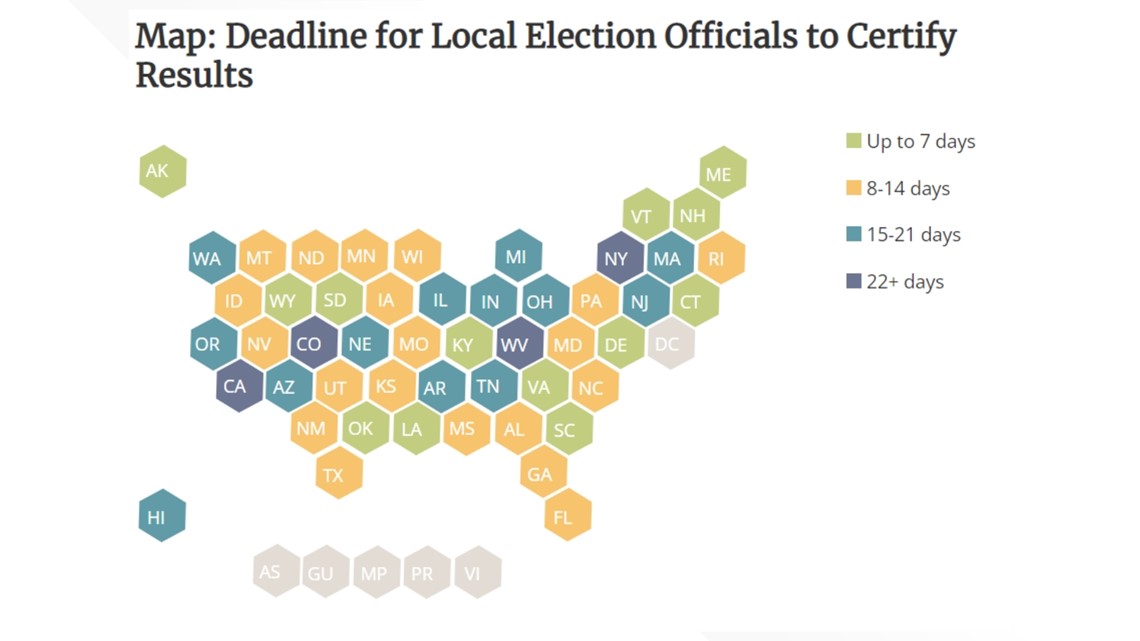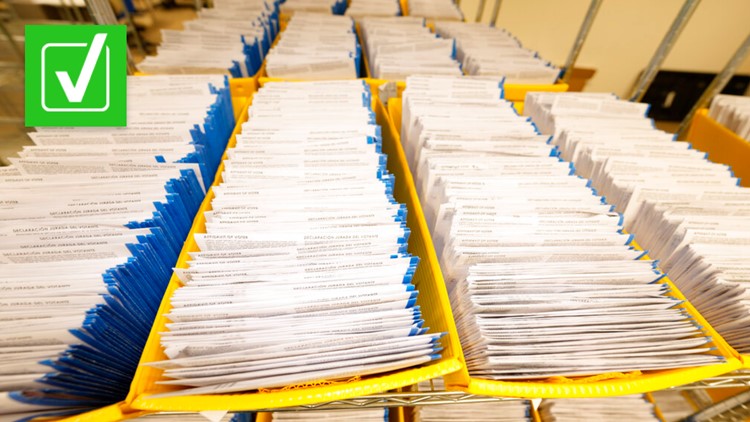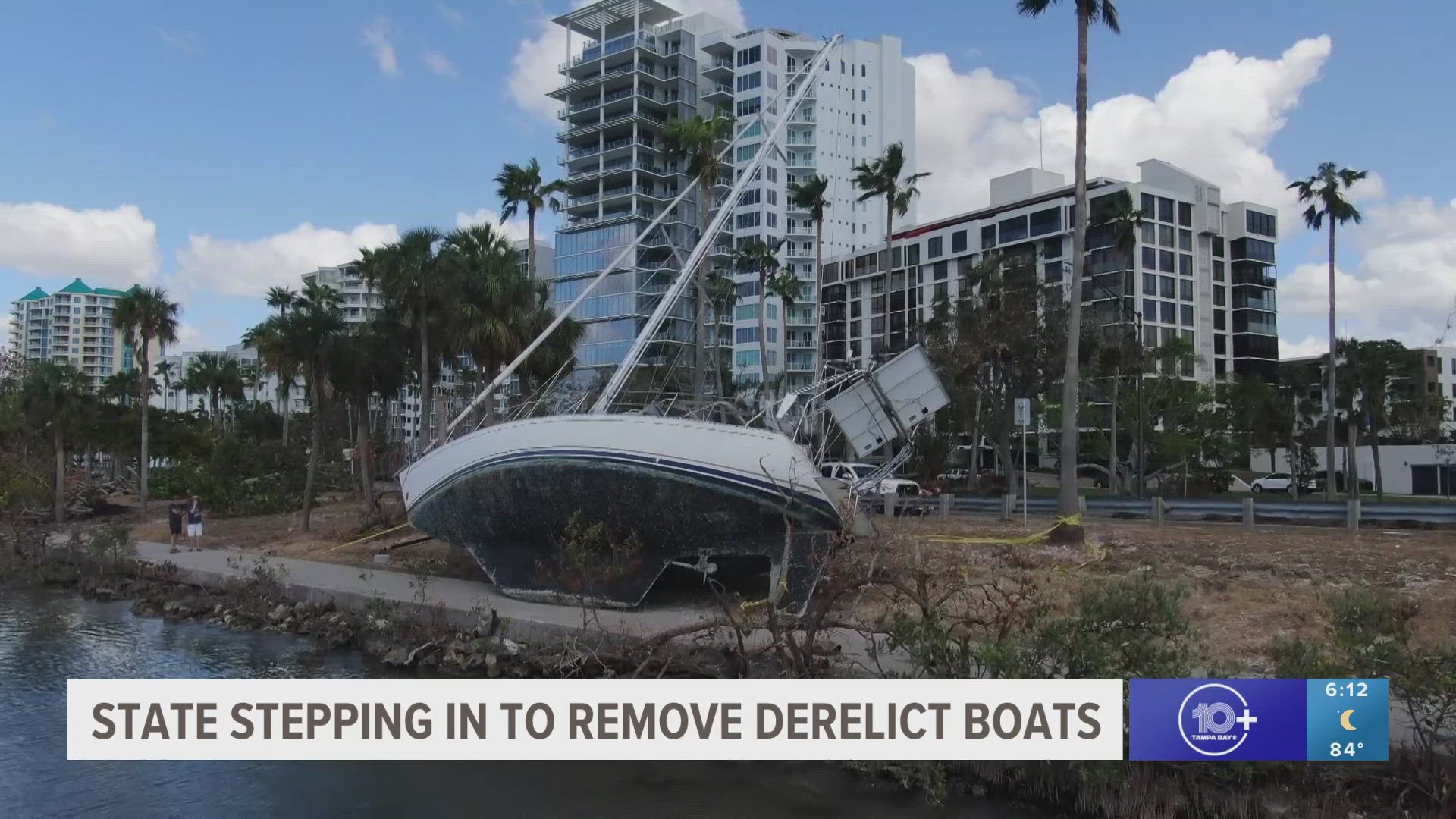Allegations of fraud and conspiracy have plagued elections for years. Some claims suggest because results don’t come in on election night, it could be evidence of election deception.
As part of our reporting on the elections, VERIFY dug deeper into why it might take longer for the official result to be declared, even if there is a wide margin of victory for a winner.
This reporting is part of a series of stories ahead of the midterm elections. If you have any questions about the elections, email us at questions@verifythis.com or message us on social media @verifythis.
THE QUESTION
Is it normal for official results to come in after election night?
THE SOURCES
THE ANSWER
Yes, it’s normal for official results to come in after election night.
WHAT WE FOUND
“An election isn’t over when the polls close,” the National Conference of State Legislatures (NCSL) says.
Election administrators have to complete post-election activities and election results need to be certified – results are not official until that process happens. And because each state runs its own elections, each state determines the post-election process.
For in-person voting and early in-person voting, people have to have their ballots cast by the time the polls close on Election Day. If someone is in line on Election Day and the polls close, they can still cast their ballots.
And each state, county or city has their own rules when polls close. Election officials don’t begin reporting results until the polls close, even if those ballots were processed and counted before Election Day.
How vote counting works across the U.S. before or after the polls close
Forty-six states, the District of Columbia, American Samoa, Guam, Puerto Rico and the Virgin Islands offer early in-person or mail-in voting, according to the NCSL.
Alabama, Connecticut, Mississippi, and New Hampshire do not offer pre-Election Day voting options for all voters, though they may offer pre-Election Day voting options for eligible absentee voters, the NCSL says.
The time period for early voting varies from state to state. On average, states that offer in-person early voting start 30 days before the election and end a few days before Election Day. For states with absentee and mail-in voting, those ballots could be sent 45 days before the election, depending on the state.
More from VERIFY: No, absentee ballots aren’t only counted in close races
According to the NCSL, 39 states, including Michigan, New Hampshire, Pennsylvania and Wisconsin, along with Washington, D.C., allow vote counting to begin on Election Day.
Ten states, including Arizona, Colorado and Florida, allow both processing and counting to begin before Election Day. Connecticut leaves the time for counting to the discretion of the local registrar of voters, the NCSL says.
Processing votes typically means validating signatures.
“We understand that voters, candidates and the media want election results as soon as possible. But counting all the eligible votes and reporting the results take time, and counties are rightfully focused on accuracy over speed,” Acting Pennsylvania Secretary of State Leigh M. Chapman has said of the process.
Provisional ballots are usually the last to get counted
Provisional ballots are used if there are questions about a voter’s eligibility and are required to be made available per the Help America Vote Act of 2002 (HAVA).
If someone shows up to the polling location and their name isn’t on the ballot or the required identification isn’t available, or another issue arises, the elected official is required to offer a provisional ballot instead of a regular ballot.
During the investigation process for those who received a provisional ballot, the elected official must confirm the voter’s identity and confirm the voter’s eligibility, the NCSL says. The voter might have to return to the election office. Because these ballots need to be investigated, they are usually the last ones counted.
More from VERIFY: 5 fast facts about the midterm elections
In some states, it can take longer than three weeks to certify final election results
“Election certification refers to the process of election officials attesting that the tabulation and canvassing of the election are complete and accurate and that the election results are a true and accurate accounting of all votes cast in a particular election,” the Election Assistance Commission says.
Most states' chief election officer or Secretary of State are responsible for certifying election results. Some states may certify election results in seven days or fewer, while others can take more than three weeks,, depending on state deadlines, the NCSL says.


Now, that doesn’t mean media outlets or candidates won’t declare winners before results are certified. When a winner is declared before an election is certified, that winner is declared “according to unofficial election results.” For the results to be official, the election has to be certified.
The Associated Press is one of the media outlets that routinely and accurately declares winners in races nationwide before vote results are certified. The AP said its reporting and analysis is “aimed at determining the answer to a single question: Can the trailing candidates catch the leader? Only when the answer is an unquestionable “no” is the race ready to be called.”
So, there are many reasons why election results might come in after election night. It’s completely normal.
More from VERIFY: Rules for taking photos of your ballot vary by state



